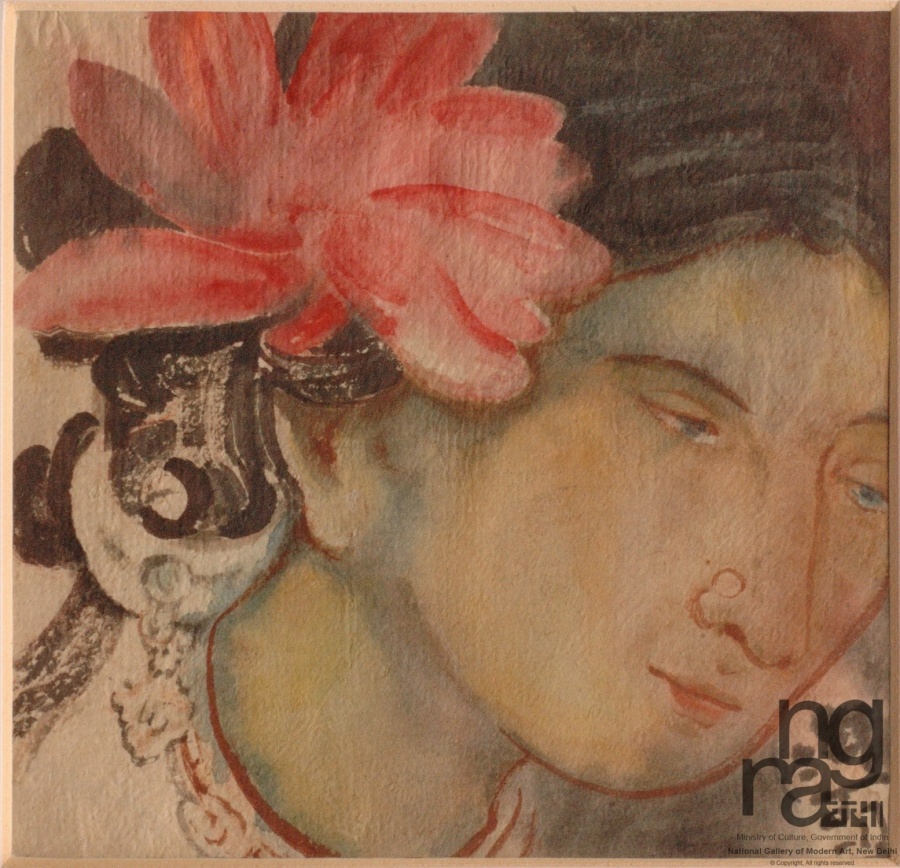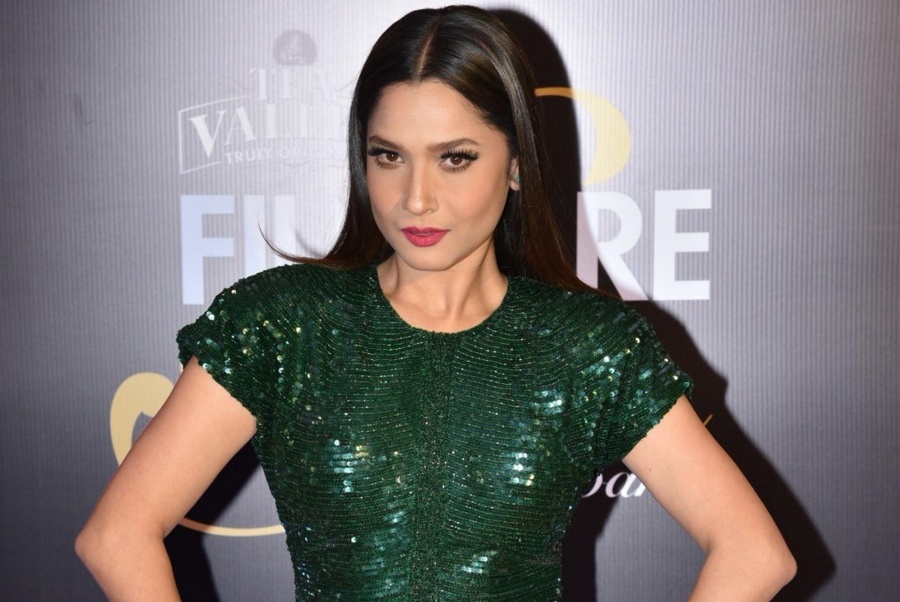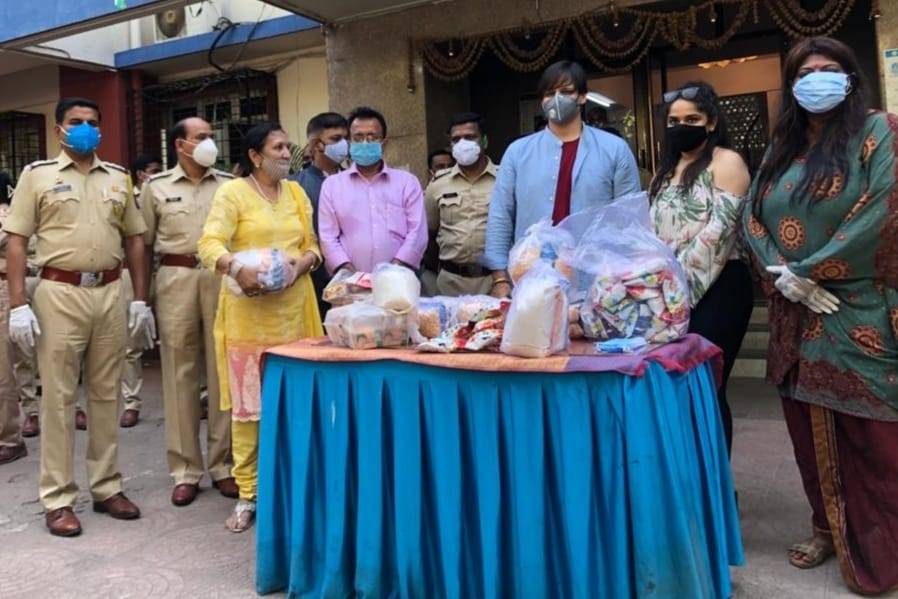
A founding artist of the Bengal school of art, Abanindranath Tagore (1871-1951) has had a profound impact on modern Indian art as we know it today. A virtual tour of his artworks, dedicated to his 150th birth anniversary is currently live on the website of the National Gallery of Modern Art (NGMA).
The digital exhibit “The Great Maestro – Abanindranath Tagore” takes viewers through his portraits and characters, landscapes, and individual style. As a modernist at heart who was guided more by his sensibility than his training; he transformed the post-Renaissance academic realism in which he was trained into something more supple and responsive to the imaginative flights of his mind with his series with influences of oriental art.
 “In the early years of the 20th century there was a renewed upsurge of nationalist fervour. In the arts, this resulted in the search and revitalisation of Indian cultural history and spirituality, albeit one that was expressed not through the pictorial vocabulary of the foreign rulers but by reviving indigenous techniques and material,” said a spokesperson for the NGMA.
“In the early years of the 20th century there was a renewed upsurge of nationalist fervour. In the arts, this resulted in the search and revitalisation of Indian cultural history and spirituality, albeit one that was expressed not through the pictorial vocabulary of the foreign rulers but by reviving indigenous techniques and material,” said a spokesperson for the NGMA.

Adding, “The nationalist project in art was led by Abanindranath Tagore and some enlightened Europeans such as EB Havell, the principal of the Government School of Art in Calcutta from 1896, and Sister Nivedita, an associate of Swami Vivekananda. Moving away from oil painting and subjects that were popular with both the British and Indian intelligentsia, Abanindranath looked to ancient murals and medieval Indian miniatures for inspiration both for subject matter as well as indigenous material such as tempera.”
“The philosophy of a Pan-Indian art that he developed found many enthusiastic followers and this came to be known as the Bengal School, The style developed by him was taken up by many of his students and others who formed the nationalist art movement often called the Bengal School, even though the style and philosophy spread well beyond the borders of Bengal. They sought to develop an indigenous yet modern style in art as a response to the call for eswadeshi’ to express Indian themes in a pictorial language that deliberately turned away from western styles such as those practised by Raja Ravi Varma.”

The NGMA has in its reserve collection 99 works of art created by the iconic artist, out of which the virtual tour presents 77 prominent works grouped in a series of four different themes of Portraits and Characters, Tradition with Sensibility, Individual Style, Landscape of Interiority.
This virtual tour also includes eJeevansmriti’, a timeline of the photographs of the artist, starting from his childhood days and includes photographs of him with his uncle and great culturist Rabindranath Tagore.









